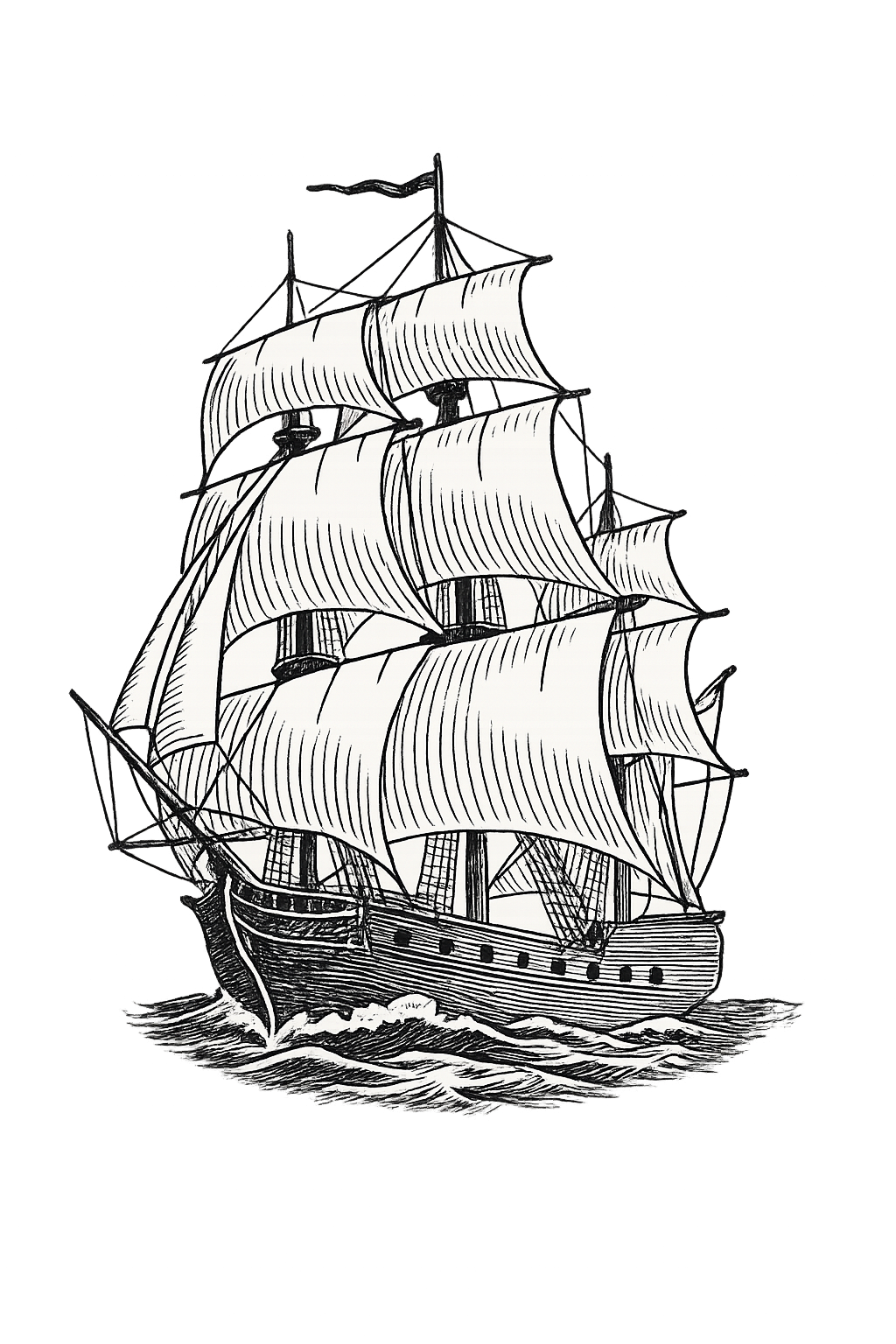
In a garage in New Jersey, Albert Hauck stood over a steel drum filled with what would become the first batch of Old Spice. It was 1937. He called it “Early American Old Spice,” a name so square it could only have been sincere. Hauck wasn’t chasing the market. He was building something he thought ought to exist.
He founded the Shulton Company with a kind of disciplined charm — a belief that scent could be dignified. At the time, most colognes were imported, effete, French. He wanted something American. Not in bravado, but in restraint. Spiced, but not sweet. Clean, but not clinical. Masculine, but not performative. Something a man could wear without having to say a word.
He gave it a bottle that looked like a ship’s decanter. Tapered. White. A thin red illustration of a clipper ship in full sail. There were no slogans. Just the scent and the shape and the man who chose to put it on in the morning.
The smell was memorable: clove, cinnamon, musk, talc. Warm, but stern. You could recognize it years later in a hallway, or on the inside of a flannel collar. And when it appeared, it brought with it the image of someone who’d never once called it a “signature scent.”
There’s something spiritual in consistency. The man who wears the same scent his entire life has, in his own quiet way, decided something. And stayed with it. He leaves not just a memory behind, but a kind of atmosphere. He carries a rhythm. The discipline to stay classic.
Marcus Aurelius warned of fads. “To not be prey to crazes,” he wrote. “To stick with the same old places and the same old things.” He was not advocating stagnation. He was honoring continuity.
Old Spice became a form of masculine continuity. Fathers passed it down unintentionally — through air, not lecture. Sons absorbed it, not because it was sold to them, but because they recognized it.
And then, something changed.
When Procter & Gamble acquired the brand in 1990, it still resembled itself. But by 2004, the bottle no longer tapered. The ship had gone missing. The names of the scents changed. They became things like Swagger, Bearglove, Wolfthorn — words that meant nothing, but tried to say everything.
They kept a version of the original, which they ironically called “Classic.” But the formula changed. Fewer spices. More sweetness. More mainstream.
The original scent still exists, in a limited form. You can find it online, sold by folks who bought in bulk before the change. It comes in a bottle that looks like it remembers something. But it has mostly gone the way of cigarette smoke in an old garage. Faded into memory. A ghost of men past.
To wear it now feels like mere nostalgia.
And maybe it is.
But the smell of old garages and the warm burn of unfussy aftershave — that’s something else.
Permanence. Place. Conviction.
Signatures left in the air by men untouched by strangers’ voices.
Men who lived how they were raised.
Proud to be simple.
Class without fuss.
And that, somehow, became the scent of a man.
